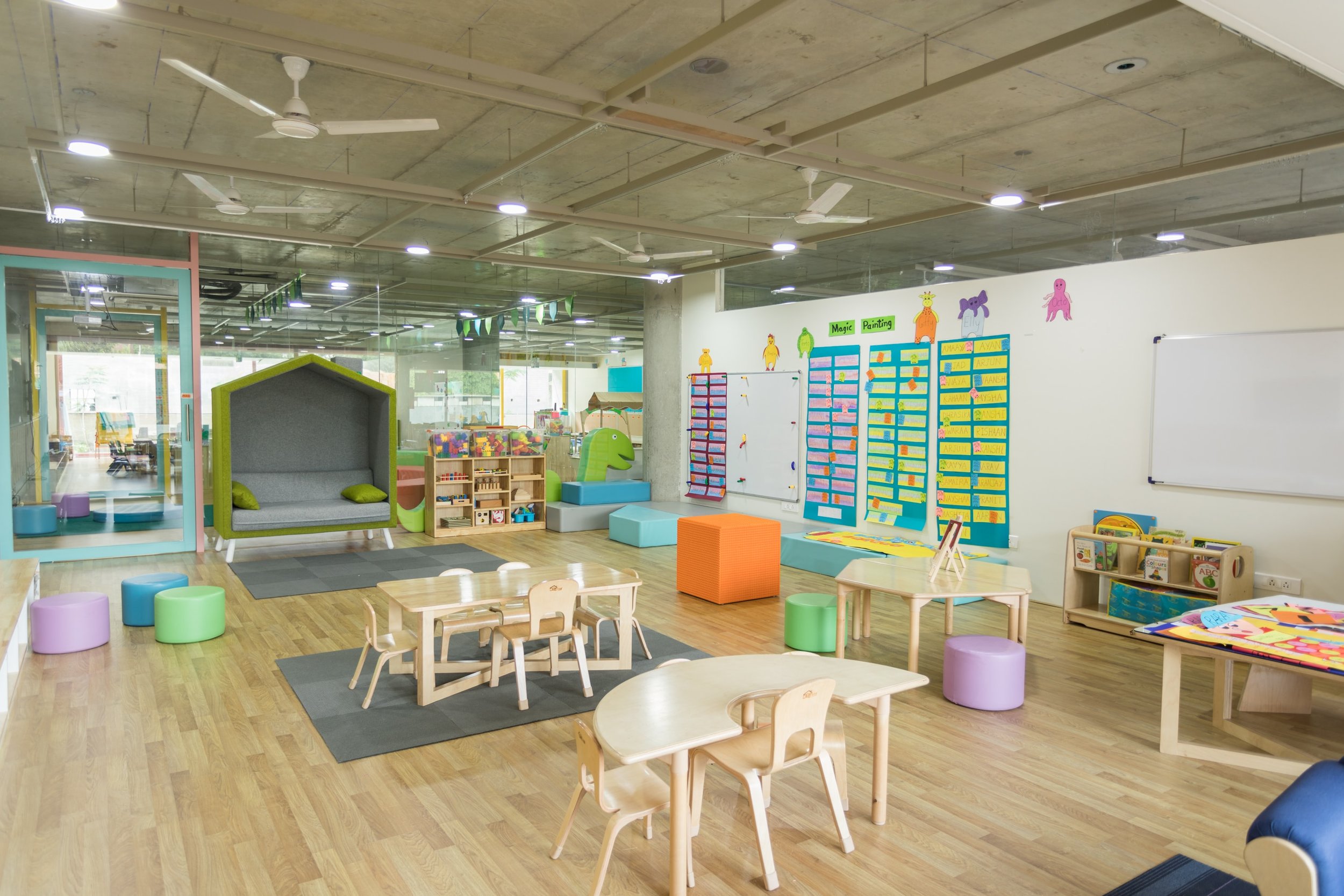How Do We Integrate Freedom and Responsibility
As educators we know that we have responsibilities to the children and families that we serve as well as our employers and the community. That is a lot of responsibility! Feeling empowered, creative, and living in the moment may seem impossible at times.
You know in your mind that you want a balanced classroom environment. You want students to have a voice, but you don't want them to step out of a safe space and positive behavior. The goal is for an exciting, creative learning environment.
From Education World
“When people are oppressed, they tend to be sullen, until they finally rebel. Whether we are talking about a country or a classroom, that is a simple fact of human nature. If you choose to run your classroom like a dictatorship, ruling with fear, you will develop a classroom environment of resentment. Will
students obey? Reluctantly, yes, but only out of fear of retribution. Eventually, students will begin to rebel in small ways. Those small rebellions will strengthen them, and soon you will find control slipping through your fingers.
When people are given a completely free reign, on the other hand, chaos tends to occur. With no accountability, any behavior be- comes acceptable. The leader is treated no differently than anyone else in the group. In fact, any initial respect is soon lost as the people see that their leader is unable to maintain control. That happens all too frequently in the classroom. No matter how fun and interesting your classroom is, without structure your class will be in constant chaos.” (Learn more)
The foundations of freedom and responsibility in the classroom are Consistency and Flexibility. Also remember the Golden Rule, treat others the way you would like to be treated. The concept of Servant Leadership could be very helpful here. Servant leadership is a leadership style and philosophy whereby an individual interacts with others to achieve authority rather than power.
There are four basic principles of servant leadership:
Encourage diversity of thought,
Create a culture of trust,
Have an unselfish open mindset, and
Foster leadership in others. (see article).
Whether you are “leading” a classroom, a gathering of staff or families, these four principles, as well as consistency, flexibility, and The Golden Rule, result in both responsibility and freedom for everyone involved.
Give it a try!
We can apply the same philosophy to our work with families and our colleagues. That balance of Consistency and Flexibility will result in empowerment of the families you serve and the educators you work with. It is about creating partnerships by empowering all those involved in creating the balance of responsibility and freedom.
There are times when our sense of responsibility overtakes the freedom or creativity. We need to step back and revisit our vision for the classroom, program, family relationships, or our staff community. Here are some questions to ask yourself.
Have you heard from those involved? If not, why?
Have you asked the open-ended questions?
What do you observe in the situation? What is not happening that you had hoped to see? Can you tell why? ASK!
What is happening that you do not want? Can you tell why? ASK!
How can you get input and maintain your leadership?

